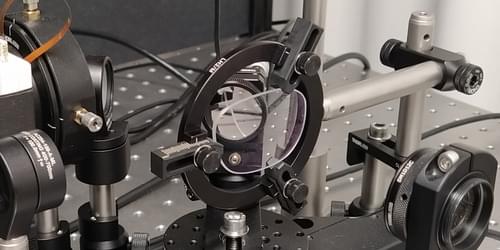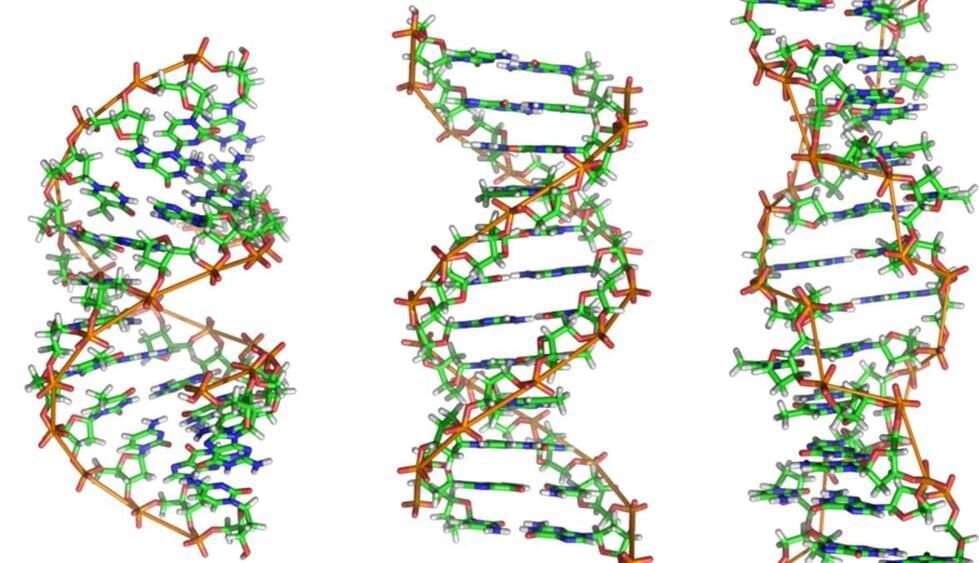A new device can recreate the refractive errors of a myopic eye—one that displays nearsightedness—allowing scientists to test lenses designed to slow down the progression of the condition.
A team of researchers including Augusto Arias-Gallego at the University of Tübingen, Germany, has developed a device for mimicking the refractive errors of a nearsighted eye [1]. The team demonstrates the ability of this “artificial eye” to characterize the real-world performance of eyeglasses designed to slow the worsening of the condition in children. The team hopes that the insight gained with their system will aid in the development of more effective iterations of a potentially sight-saving technology. “By characterizing the prototype lenses in the lab, we can easily check if the designs are good candidates to slow myopia progression,” Arias-Gallego says. “That could help millions of children.”
Poor eyesight is on the rise. Today, one third of the world’s population suffers from some form of visual impairment, up from one fifth a decade ago. By 2050, estimates indicate that the fraction will increase to over one in two. The most common vision condition is nearsightedness, also known as myopia, which leads moderate sufferers unable to resolve objects more than a few feet away. When left untreated myopia can develop into sight-threatening conditions such as retinal detachment.






